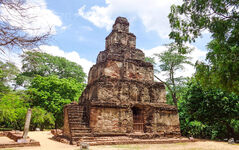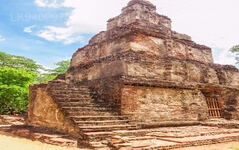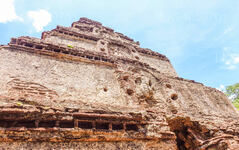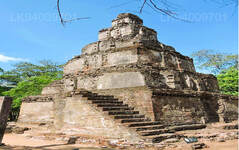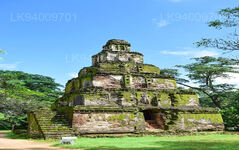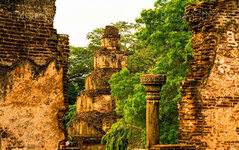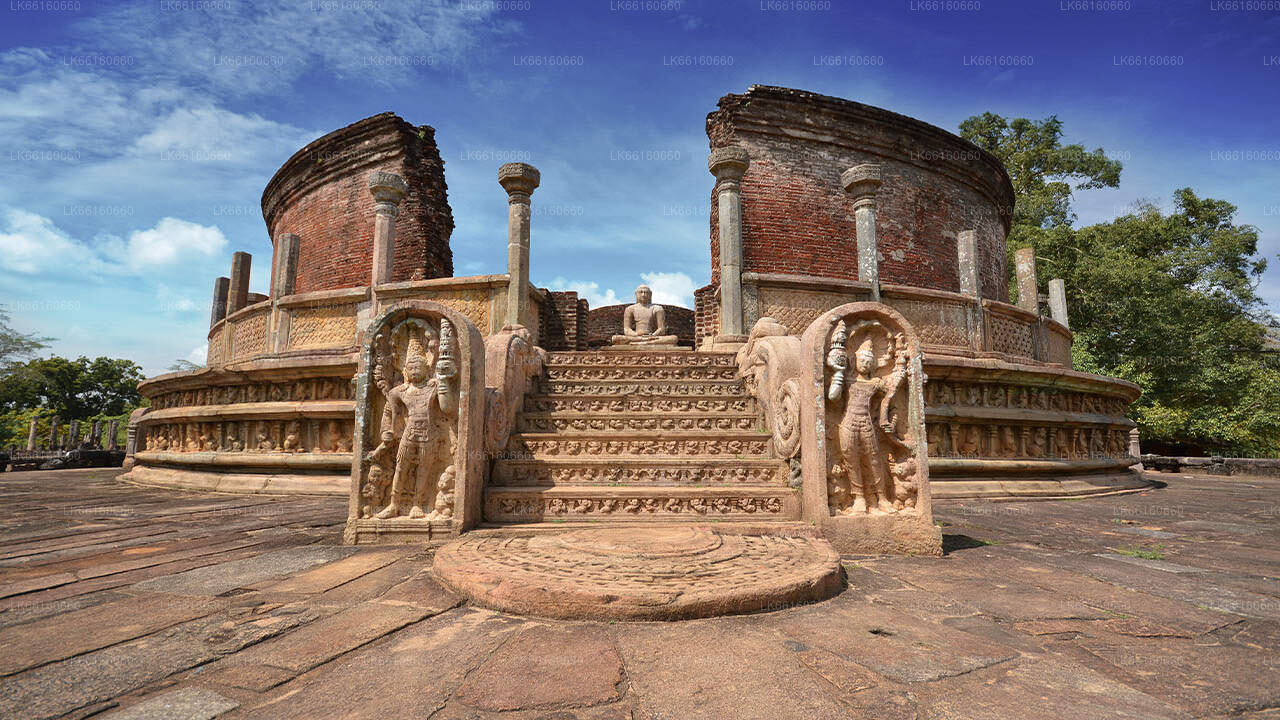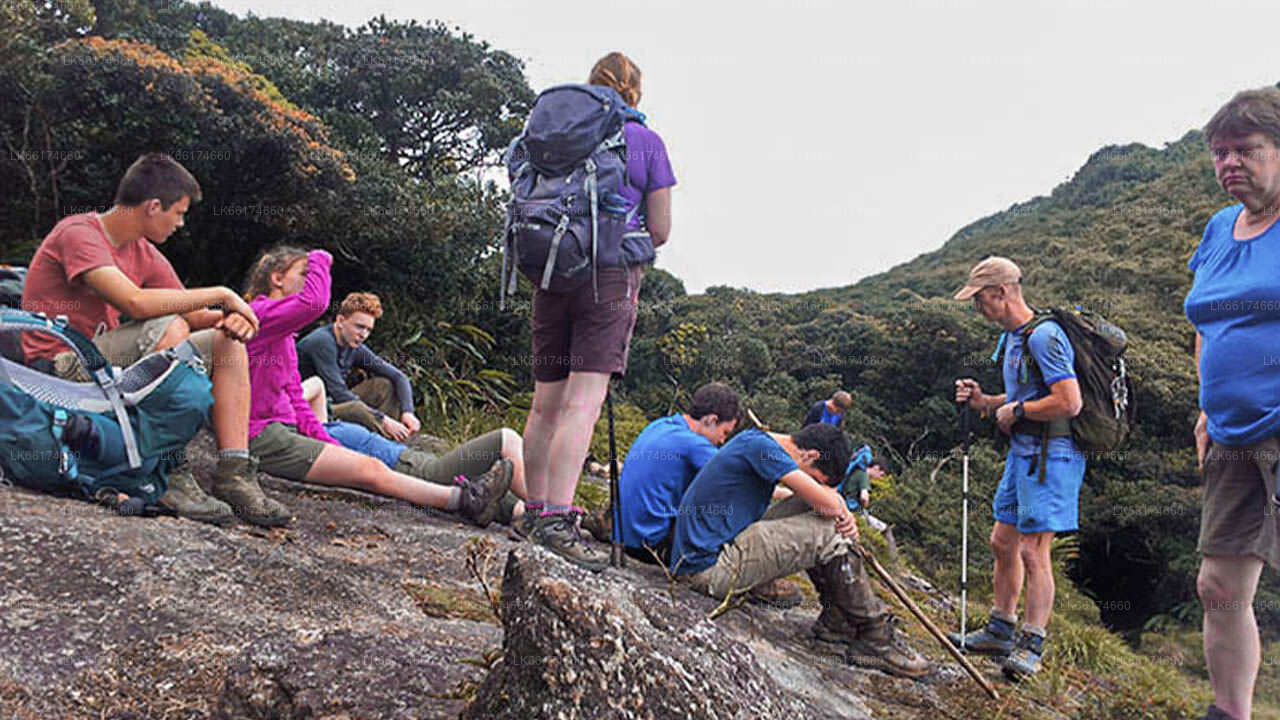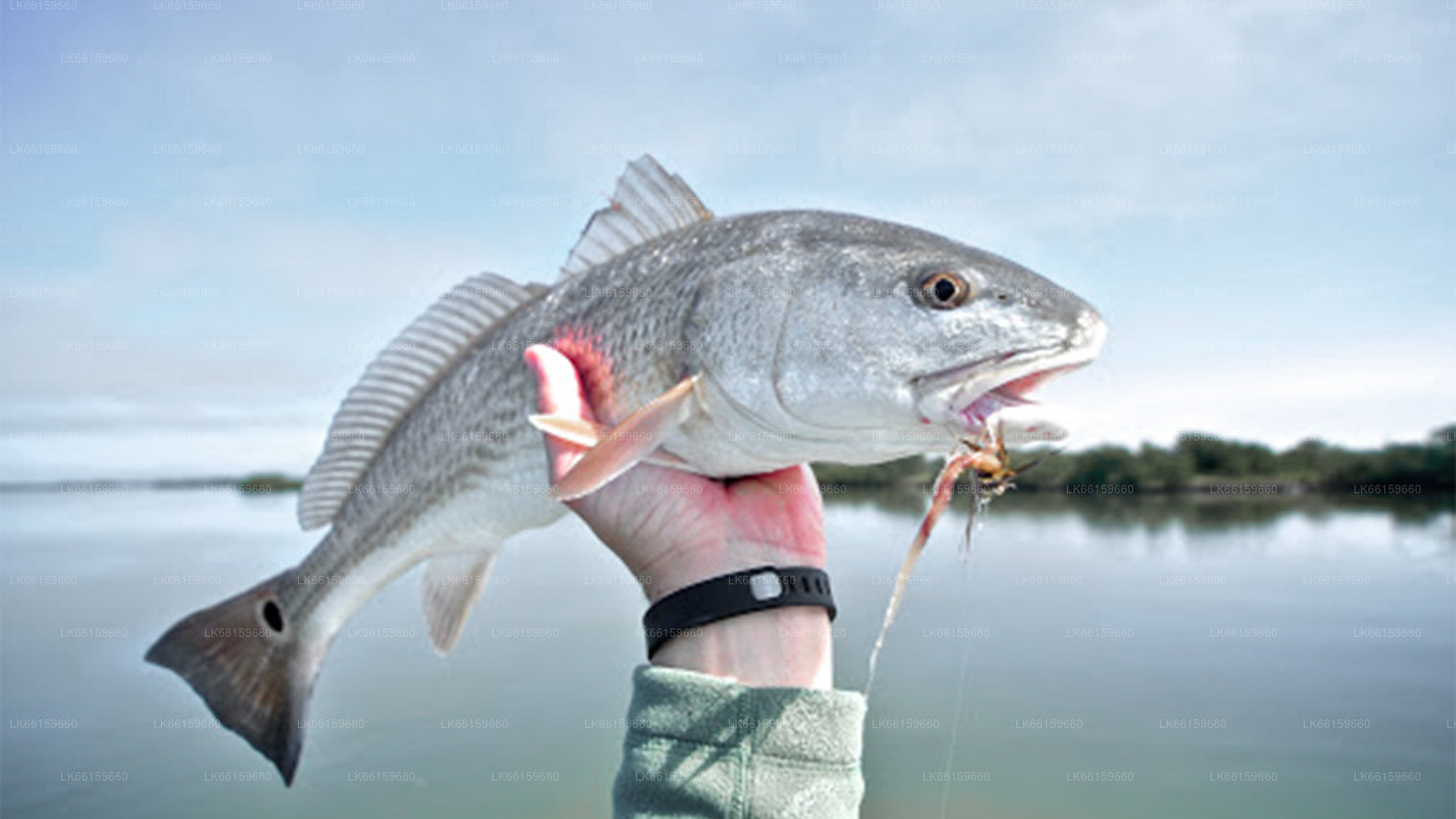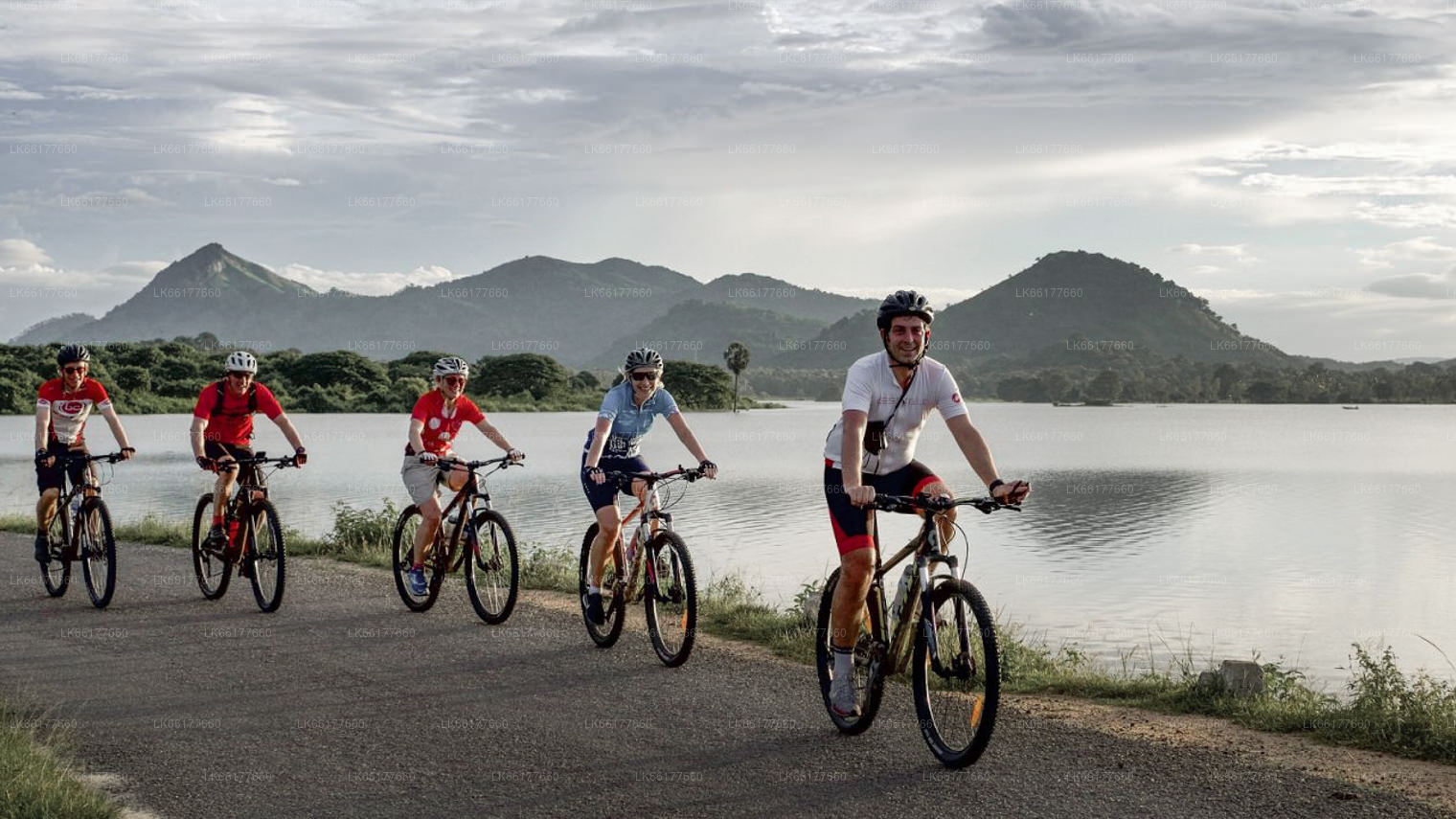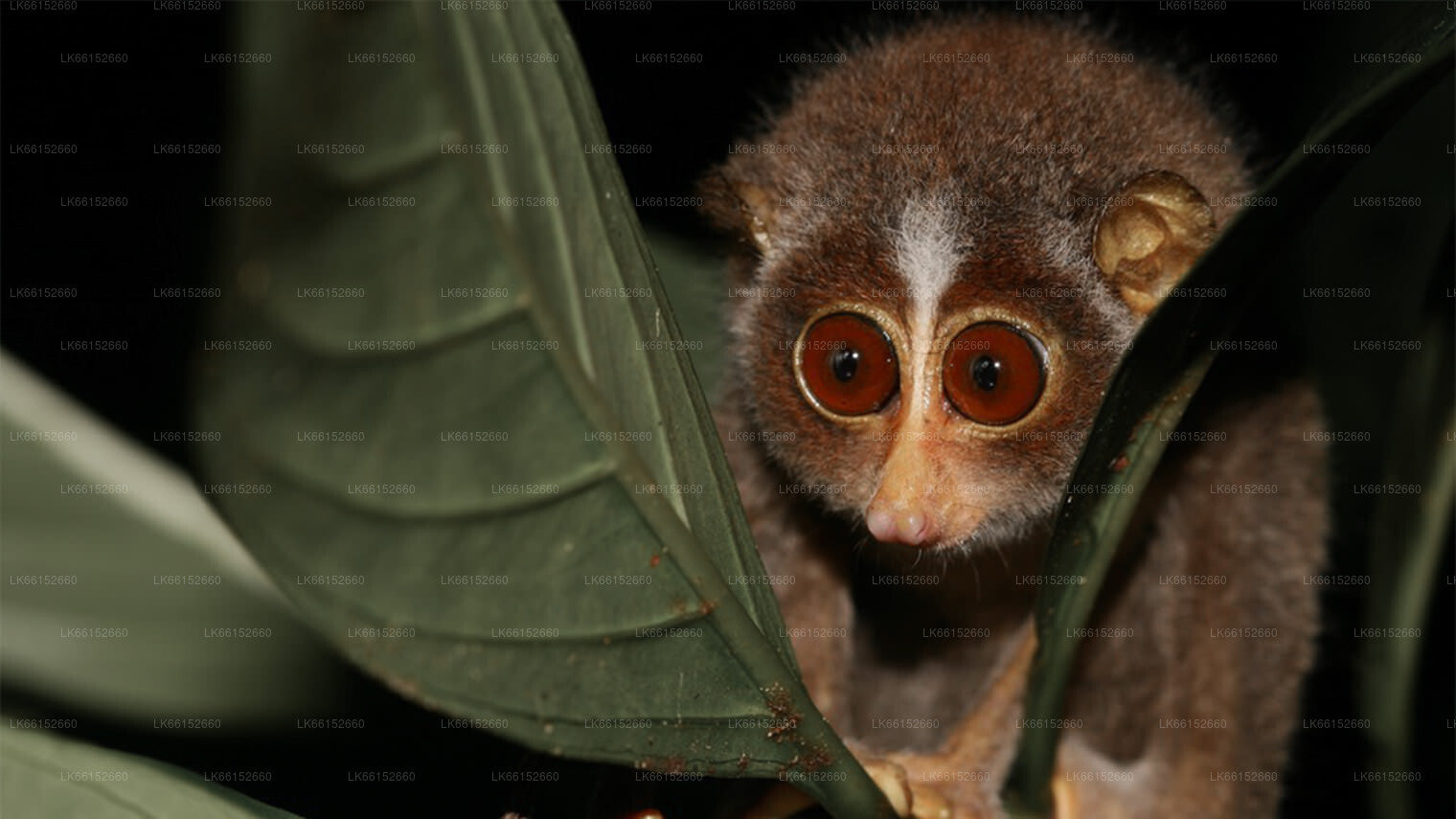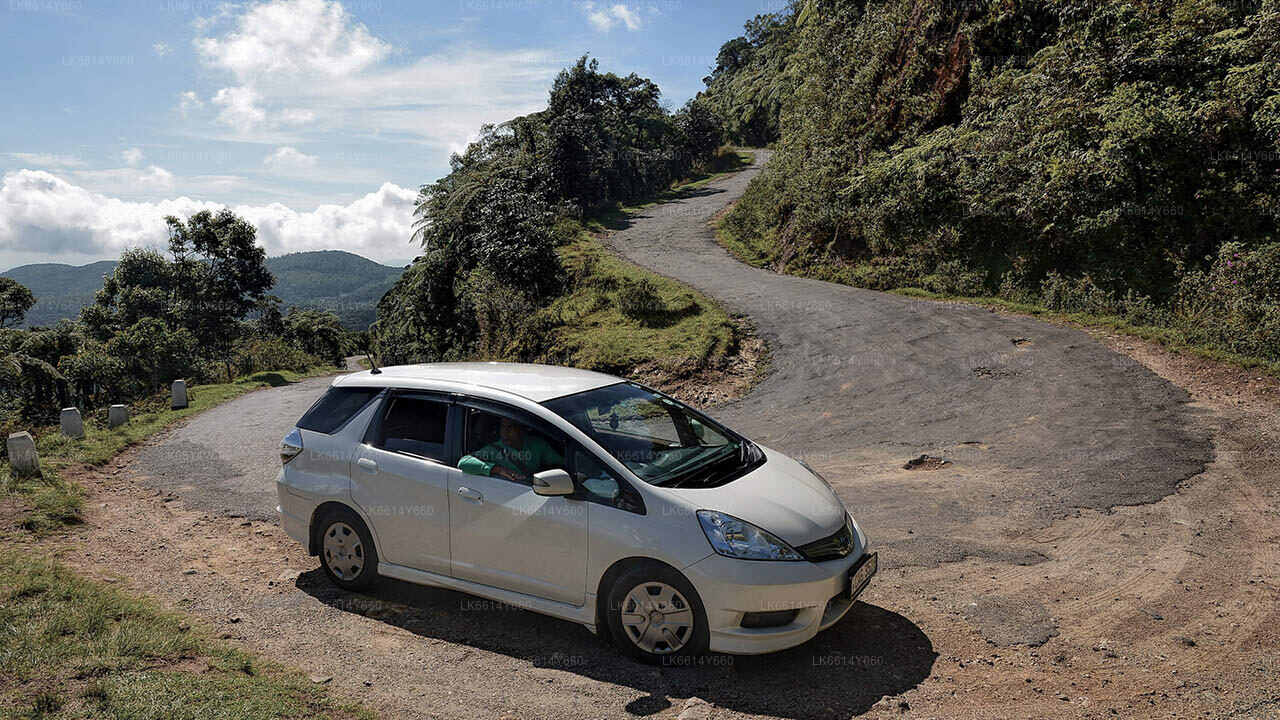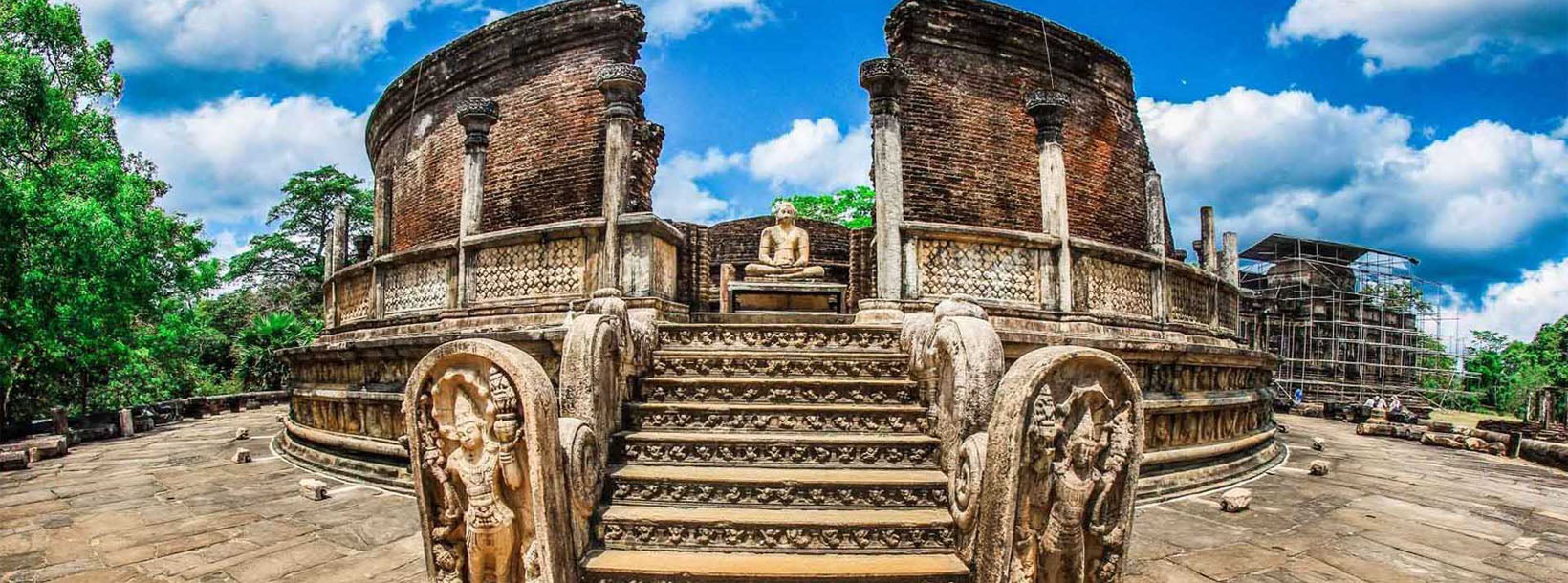
Cidade de Polonnaruwa
Polonnaruwa, Patrimônio Mundial da UNESCO no Sri Lanka, foi a capital medieval do país (séculos XI-XIII). Famosa por suas ruínas bem preservadas, incluindo as icônicas estátuas de Gal Vihara, a cidade exibe uma arquitetura impressionante, refletindo a grandiosidade da antiga civilização cingalesa.
Sathmahal Prasada
Sathmahal Prasada in Sri Lanka: The Stepped Pyramid of Polonnaruwa
Sathmahal Prasada in Sri Lanka is a seven storied stepped pyramid located in an elevated area amongst the ancient city Polonnaruwa. The structure has entrances on all four sides and an additional staircase to reach the upper levels. It is believed to be built during the Polonnaruwa era, somewhere between the 11th and 13th century AD. However, no record exists of this pyramid, its builder or purpose.
The Seven Storied Palace is believed to be a stupa by some, due to its proximity to notable Buddhist ruins such as stupas, monasteries and etc. However the architecture is completely different and does not resemble any other ancient architecture in Sri Lanka. It is the only stepped pyramid in Sri Lanka and one of only four other ancient buildings with square bases, the others all being damaged stupas or monastic ruins in Anuradhapura. It is interesting to note that none of the other three buildings show signs of having been pyramids and all seem to have been squat in structure.
Sathmahal Prasada in Sri Lanka: Resemblance to Architectures beyond the Seas
Though it does not have comparative architecture in Sri Lanka itself, Sathmahal Prasada has similarities to the architecture of some cultures beyond the oceans.
• Stepped Pyramids are structures that use flat platforms or ‘steps’ in a receding order from ground up, to form a shape similar to a geometric pyramid. They are usually large and are built using several layers of stone.
• There are stepped pyramids found throughout history in many cultures and locations around the world.
• Interestingly enough, there were no firmly established connections between the different cultures.
• Sathmahal Prasada is most similar in structure (except for the staircase) to the Koh Ker temple and Baksei Chamkrong temple in Siem Reap, Cambodia (both are Shiva temples built around the 10th century AD), and on a smaller scale similar to the Mayan Temple of the Masks in Tikal, Gautemala and some other Mayan temples.
Sobre o distrito de Polonnaruwa
Polonnaruwa é a segunda maior cidade da província centro-norte do Sri Lanka. A antiga cidade de Polonnaruwa foi declarada Patrimônio Mundial pela UNESCO. Polonnaruwa possui uma longa história de conquistas e lutas, formando, com razão, o terceiro elemento do Triângulo Cultural. Localizada a cerca de 140 km a nordeste de Kandy, Polonnaruwa oferece horas de prazer sem fim para os amantes de história e cultura, com inúmeros pontos turísticos importantes.
Muitas das ruínas físicas que existem hoje são atribuídas ao Rei Parakrama Bahu I, que investiu muitos recursos reais no planejamento urbano, incluindo parques, edifícios, sistemas de irrigação e assim por diante. O período de seu reinado é considerado uma era de ouro, na qual o reino prosperou sob um governante visionário. O Parakrama Samudra é um tanque gigantesco e recebeu o nome de seu patrono. O popular Palácio Real do rei, o Salão de Audiências cercado por elefantes de pedra lindamente esculpidos e a Piscina de Banho refletem as capacidades superiores da engenharia da época.
Sobre a Província Centro-Norte
A Província Centro-Norte, a maior do país, cobre 16% da área total do país. A Província Centro-Norte é composta por dois distritos chamados Polonnaruwa e Anuradhapura. Anuradhapura é o maior distrito do Sri Lanka, com uma área de 7.128 km².
A Província Centro-Norte oferece inúmeras oportunidades para investidores iniciarem seus negócios, especialmente nos setores de agricultura, agroindústrias e pecuária. Mais de 65% da população da Província Centro-Norte depende da agricultura básica e das agroindústrias. O NCP também é chamado de "Wew Bendi Rajje" devido à presença de mais de 3.000 tanques de médio e grande porte na província. Sri Maha Bodiya, Ruwanweli Seya, Thuparama Dageba, Abayagiri Monastry, Polonnaruwa Rankot Wehera e Lankathilake estão entre os mais afetados.

